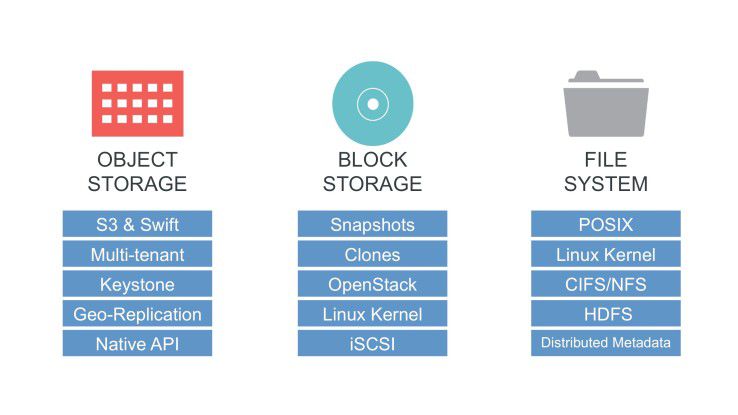Persistent Storage Container, hyperkonvergente infrastructures and Object Storage are the major trends that companies in the use of systems in should consider the storage environment.
The container technology is becoming increasingly important. Although the container idea is not new, it has gained with the advent of new technologies increasingly validity. Today, almost every major software vendor has with Container Technologies address.
One of the key features of containers include the isolation of the runtime environment and the resource control. Meanwhile, there are the standardized Open container format. Example of this are the customary since the 1950s, industrial containers. They are standardized and standardized and are used for transporting goods by ship or truck. This approach has now established itself in the application development.
- integration into the data center
to be fully effective, it must be possible to embed container in the existing iT infrastructure of the company and their services – be they for example, security, authentication, or network services. - VM management instead of chaos
IT managers must find a way to their virtual machines (VM) clearly and manage the customer still needed in parallel with the Services to supply. - scalability
today, highly dynamic enterprise iT requires that enterprises can scale their container Technlogie and capacities to provide to the user programmatically . - orchestration
companies need to combine several containers together, combine container with other applications and enable communication between containers and other IT resources. To achieve all this, the container must also be developed in an environment that reflects this mix of technologies and computing capacity. - legacy systems note
containers must not only with the latest applications and systems work together in the company, but also consider the legacy systems.
The strength of containers is the encapsulation of application logic. The next stage of development towards simplification and standardization is already visible. In the course of time are applications that consist of large, complex code blocks into smaller, independently deployable constructs – called Micro Services – transform. Containers are widely seen as a key technology that enable the transition to Micro Services.
The developers can come up with containers to be produced their virtual server environment based on simple Micro Services create themselves and they are no longer dependent on their colleagues from IT operations. Thus facilitating the correlation between application development and IT operations is possible. As a result, this leads to shorter test cycles, a higher quality and a simplified software application management. Container technology creates gradually the conditions for faster delivery of applications.

Photo:. Red Hat
Simultaneously with the spread of container technology in the enterprise iT administrators expect functionality, how they are used to in virtualized environments. One of the main requirements is Persistent Storage . For a long time, however, there was no convincing solution to store application data over the entire life cycle of a container. Volatile, local storage is not sufficient. Stateful (stateful) applications require, however, that data is also available through the life cycle of a container out. While comply cloud storage APIs these requirements, but not everyone wants to rewrite their applications on cloud APIs and not everyone wants to or may be data storage in the cloud.
With a built-in hardware independence and flexibility Software Defined Storage (SDS) is better suited to the challenges. Software Defined Storage can be in physical environments, virtualized and running in the cloud, although much simpler than traditional monolithic storage. It supports both continuous storage APIs, such as POSIX, as well as block and Object Storage. In order to provide persistent data for application containers, two options can be distinguished: Shared Storage and Storage Containers
.
No comments:
Post a Comment